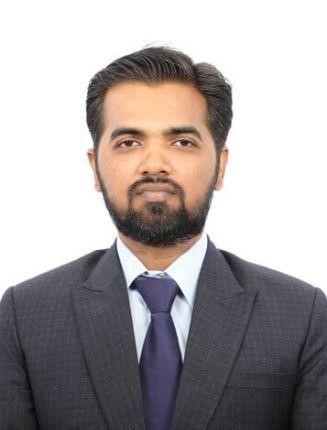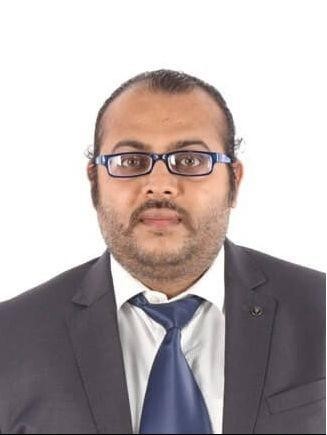PI Name & Affiliation:
Dr. Amit Kumar Jaiswal
Professor
Center for Biomaterials, Cellular and Molecular Theranostics
Co-PI Name & Affiliation:
Dr. Raunak Kumar Das
Associate Professor
Center for Biomaterials, Cellular and Molecular Theranostics
Funding Agency: Indian Council Of Medical Research (ICMR)
Scheme: ADHOC
Sanctioned Amount : Rs. 25,48,932
Duration of the Project: 3 years

Dr. Amit Kumar Jaiswal

Dr. Raunak Kumar Das
Graphical Abstract

Project Description
Oral squamous cell carcinoma (OSCC) is the most prevalent form of oral cavity carcinoma and one of India's biggest health issues, with the country accounting for one-third of the global burden. 3D culture platforms have been proposed as a means to mimic the in vivo tumour microenvironment (TME), which is frequently engaged in Epithelial-Mesenchymal Transition (EMT). Our goal is to create a scaffold that can be utilised as an in vitro model of OSCC and to look into the role of porosity and surface roughness in EMT regulation. A deeper understanding of the role of EMT and scaffold characteristics in OSCC would pave way for more advanced therapeutic in vitro drug testing models.
To test our hypothesis scaffolds will be 3D printed to obtain uniform pore sizes and coated with collagen to increase their biocompatibility. Surface roughness will be modified using cold plasma. The scaffolds will be characterized for their morphology, mechanical strength, degradation and hydrophobicity. Cells will be seeded on the scaffolds and EMT will be evaluated based on expression levels of different markers using qPCR and immunofluorescence.
From our study we will be able to develop a novel OSCC in vitro model which can be used further for drug testing applications and establish scaffold properties in terms of pore size and roughness range that will be safe for implantation in tissue engineering research. Though there are a few reports on tissue engineered model of OSCC, EMT in OSCC has not been studied in 3D culture system to the best of our knowledge. Further effect of scaffold pore size and surface roughness has never been studied in scaffold based in vitro tumor modelling.
Products/Instruments/Results/Outreach Activities (Pictures)
